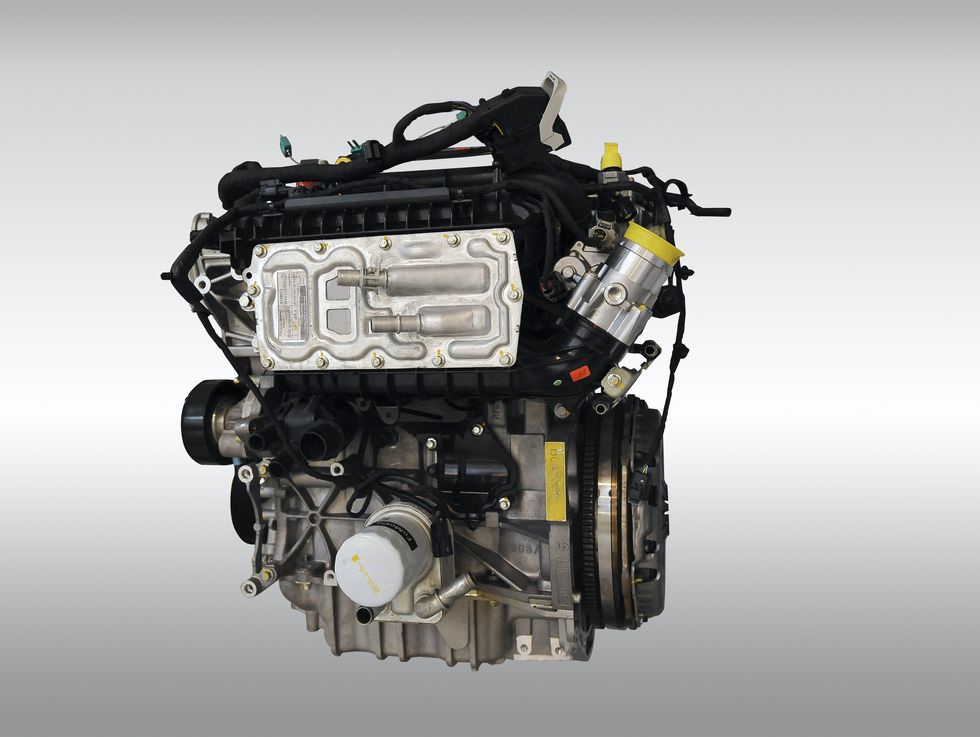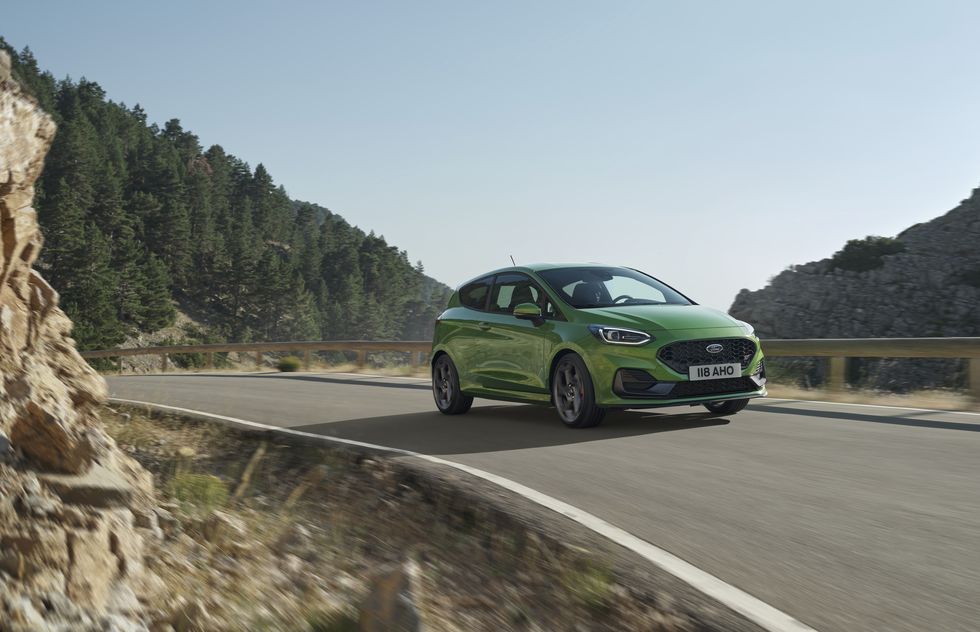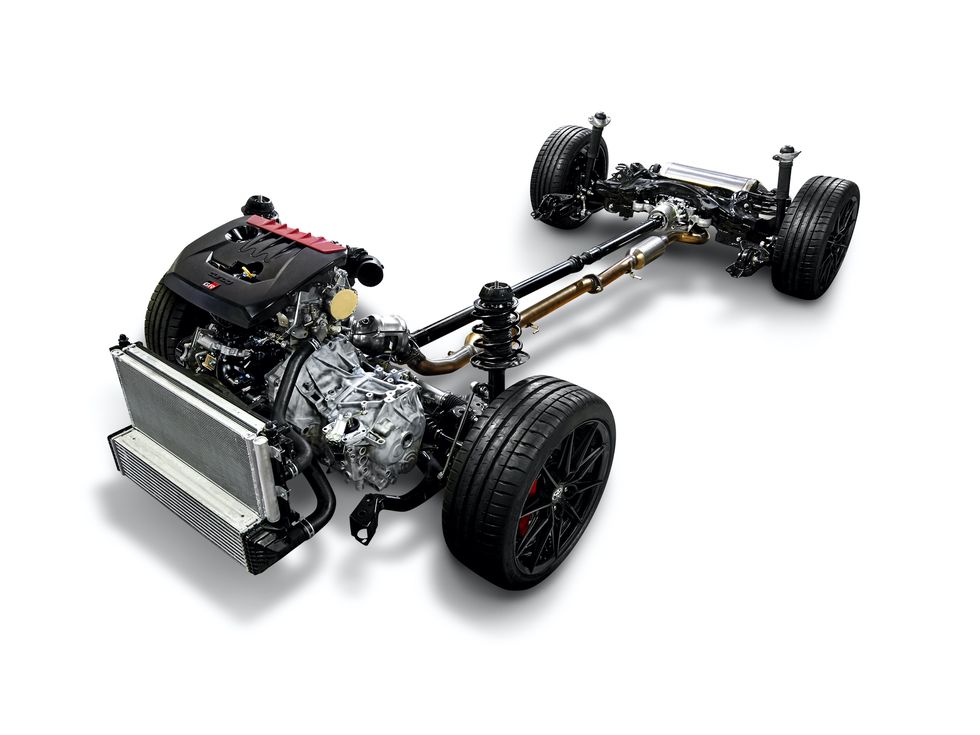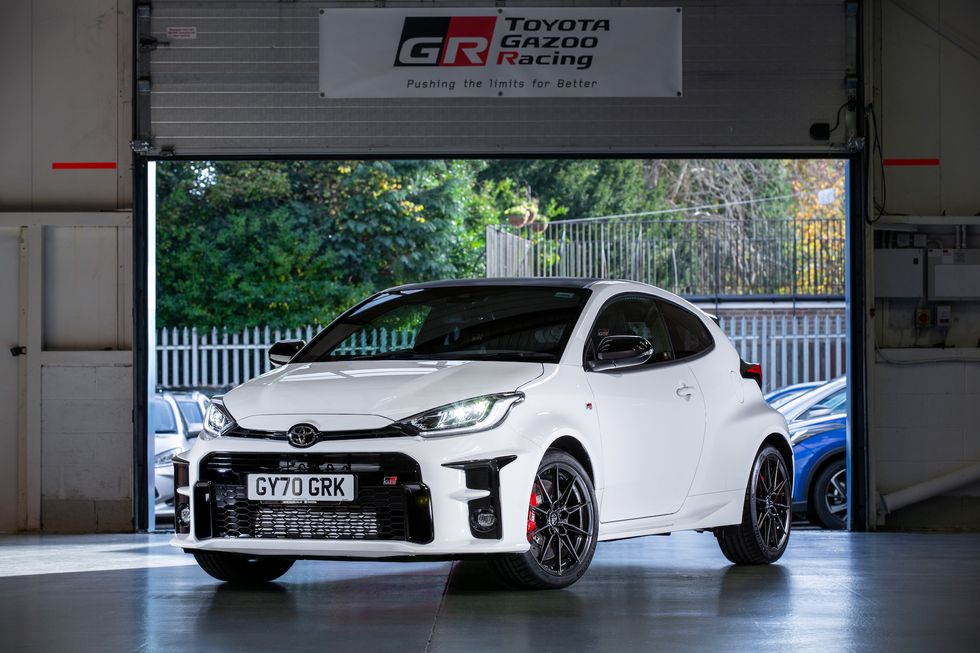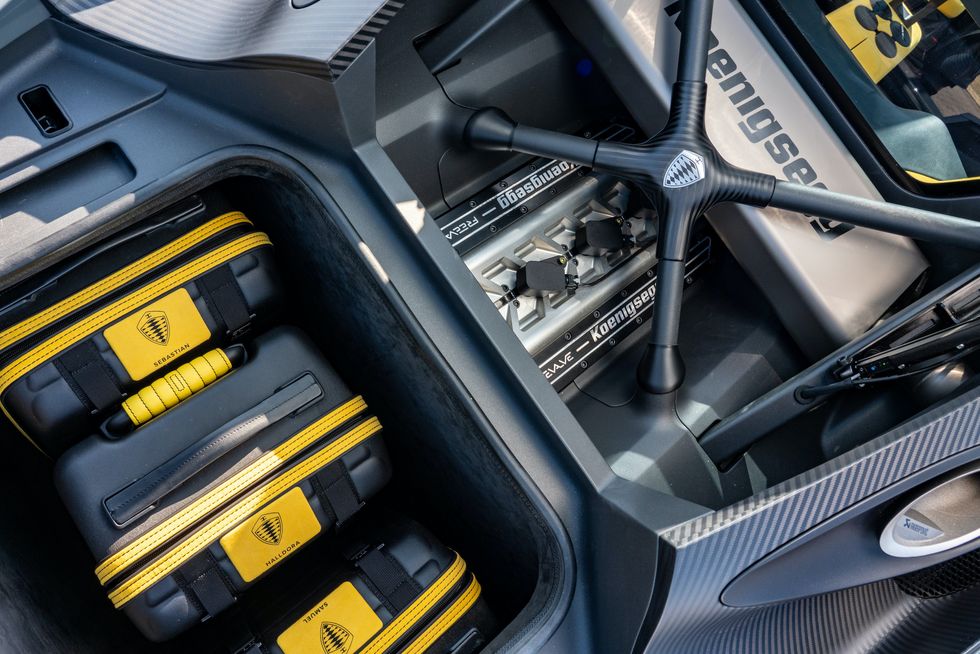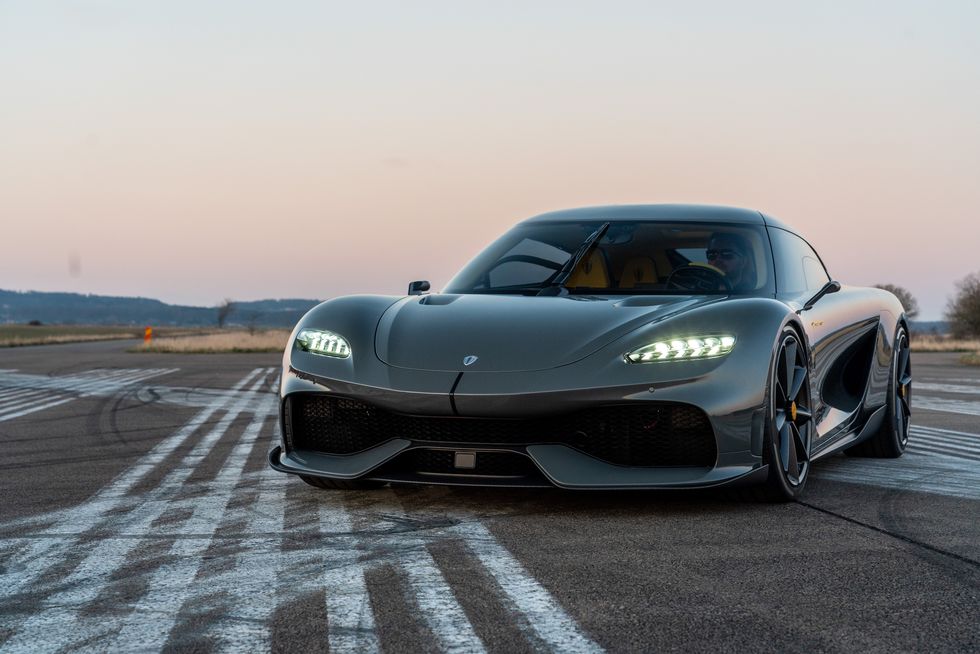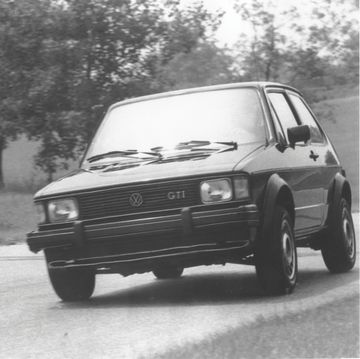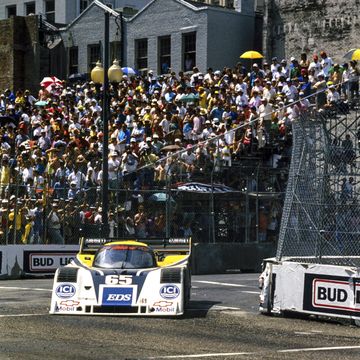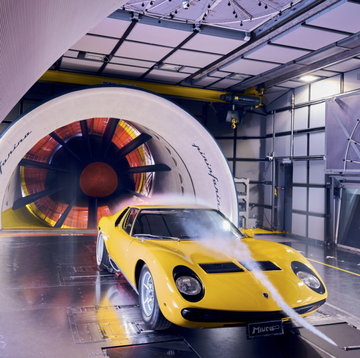The auto industry is in the middle of a monumental transition. As regulations demand that gasoline use become a thing of the past, automakers are signing on for an all-electric future. Of course, we aren’t quite there yet. But the industry needs to strike a balance between emissions compliance and the unending demand for ICE-powered machines. As a result, we’ve seen turbocharging, hybridization, and outright engine downsizing take hold. Perhaps the most extreme example of the latter is the sheer number of three-cylinder engines on sale today.
That said, not all of these three-pots are built solely with efficiency in mind. In fact, some of these inline-threes pack a lot more performance into their tiny packages than you might realize.
The Ford Fiesta ST earned a reputation as one of the greatest hot hatchbacks ever, but sadly left American shores in May 2019. Thankfully for our friends across the pond, Ford didn’t ax the baby ST in Europe, debuting a brand-new model that same year. The refreshed and improved sporty Fiesta received a new engine known as the Dragon. This 1.5-liter three-cylinder is an evolution of Ford’s smaller 1.0-liter EcoBoost, but don’t let its size disappoint you: It’s rated at 197 hp and 236 lb-ft of torque. For reference, that means the little EcoBoost is cranking out over 131 hp and 157 lb-ft of torque per liter of displacement. For comparison, the hottest version of BMW’s 3.2-liter S54 inline-six makes 103 hp per liter.
To make that sort of power, Ford’s 1.5-liter uses both port and direct fuel injection, variable camshaft timing, and an integrated exhaust manifold. However, as Ford’s powertrain manager for the Dragon engine, Gareth Maxwell, explains in an interview with Road & Track, the real secret to the 1.5-liter is its radial-axial turbocharger design. Compared with a traditional turbo, a radial-axial unit has significantly less inertia and therefore reacts much faster to throttle inputs with reduced lag. Working in tandem with that slick camshaft, the diminutive 1.5-liter is able to provide both low-end torque and top-end performance. While the Dragon was admittedly created with an extreme attention to fuel economy, Maxwell says this turbocharger design has legitimized the 1.5-liter as a performance product.
A three-cylinder engine is generally stronger than a four-pot of the same size. Maxwell notes that this is a result of fundamental components such as combustion chambers, pistons, and holding pins all being larger in a three-cylinder engine of equal displacement. This allows automakers to run higher internal pressures and develop more power while still ensuring reliability.
“I think there’s a bit of a perception historically that more is better,” Maxwell says. “And there is this perception that if you got more cylinders, you got better reliability. I think, from an engineer’s perspective, we challenge that completely. More isn’t always better, and from an engineer’s perspective, less is actually better. It is simpler and lighter, and it has less friction.”
Ford isn’t the only company to turn to a three-cylinder to power a hot hatch for this reason. The glorious Toyota GR Yaris is also powered by a three-pot, though the Yaris unit measures in at a slightly larger 1.6 liters. For the Japan-market GR Yaris, Toyota claims output figures of 268 hp and 273 lb-ft of torque, numbers you’d expect from a larger four-cylinder. With a rating of 166 hp per liter, the GR Yaris’s G16E-GTS engine has the most per-liter specific output of any Toyota road car ever made; even the Lexus LFA’s glorious 4.8-liter V-10 manages only 115 hp per liter. In fact, GM’s more modern 755-hp LT5 V-8 is good for only 122 hp per liter.
Toytota’s decision to use a three-cylinder didn’t come down to fuel efficiency. The GR Yaris is a genuine homologation special, and its powertrain was a tried-and-true motorsport takeaway. In fact, Toyota had to file a petition with the FIA to be allowed to run a three-cylinder in the World Rally Championship at all. The team fought for the three-cylinder because of its simple, compact design and its ability to make big power thanks to a lack of exhaust-gas interference. Like the Ford 1.5-liter, the G16E-GTS employs both port and direct fuel injection, but the race engines get some more serious kit, like a ball-bearing turbo and oil sprayers for the pistons. Even in road spec, Toyota says there is no 1.6-liter turbo motor more compact or lighter than the G16E-GTS.
Three-cylinders aren’t just for hatchbacks anymore. In fact, the little engines have even found their way into the bays of seven-figure machines. The all-new Koenigsegg Gemera is a four-seat hybrid hypercar with over 1700 hp at its disposal. Unlike other exotic hybrids with V-8s and V-12s, the Gemera’s gasoline engine has only three cylinders. Known as the Tiny Friendly Giant (TFG), this twin-turbocharged 2.0-liter engine is an absolute marvel of engineering. The TFG features Koenigsegg’s Freevalve technology, which allows the car’s ECU to independently control the intake and exhaust valves, without a camshaft, based on load parameters of the engine. With the ability to adjust timing on the fly based on those parameters, this system allows the car to adjust for driving conditions and actively increase efficiency. The engine can even run the Miller cycle, allowing for high power output and fuel efficiency at the same time. The Texas-based artificial-intelligence company SparkCognition is helping the automaker develop AI engine-management software to work with Freevalve.
Koenigsegg says all of this tech allows the TFG to be 15 to 20 percent more efficient than a typical 2.0-liter four-cylinder engine. Impressive stuff, especially when you realize that the TFG makes 600 hp and 443 lb-ft of torque. No other engine in production rivals the TFG, with a rating of 300 hp per liter, in terms of specific output. Even if you were to take the sequential-turbo system off the TFG, Koenigsegg believes around 280 hp would still be possible.
It isn’t hard to say, therefore, that the TFG is one of the most extreme engines we’ve ever seen, regardless of cylinder count. As allowance for fuel continues to be scaled back each year, this sort of hardware could help prolong the life of the enthusiast ICE-vehicle market. While Ford is committed to a fully electric future, Maxwell did note that he believes combining three-cylinder engines with hybrid systems is the next logical choice for automakers seeking to retain ICE powertrains. If this early crop of hot triples is anything to go by, there could still be some exciting gasoline-powered offerings to come.
Born and raised in Metro Detroit, associate editor Lucas Bell has spent his entire life surrounded by the automotive industry. He may daily drive an aging Mustang, but his Porsche 944 and NB Miata both take up most of his free time.

